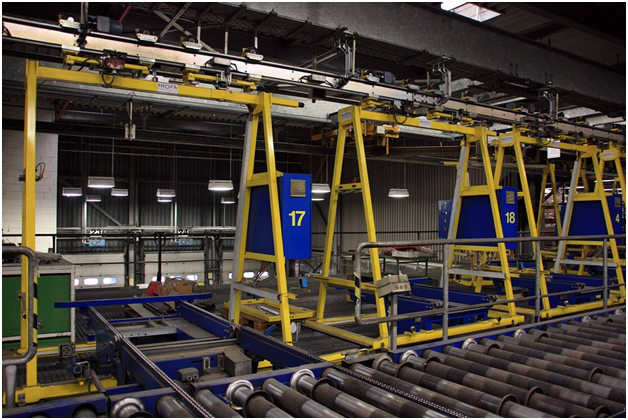Pneumatic Conveying: Common Questions Answered
Pneumatic conveying is a simple way of transferring dry bulk materials. However, the technology can sometimes be challenging to understand. At its most basic, pneumatic conveying moves dry matter through a pipeline using air and a fan or blower which can generate pressure or a vacuum. So what are the benefits of this system, and how can you determine what’s the best system for your business?

How Does Pneumatic Conveying Work?
Quite simply, by changing the air pressure in the pipeline. The air mover at the start of the system will pressurise the air and push it through the system, while the air mover at the other end will operate a vacuum. By controlling the two forces, dry goods can be successfully transferred from A to B.
What Types of Pneumatic Conveying Systems Are There?
There are two types of pneumatic conveying system – dilute phase and sense phase.
Dilute phase operates at high velocity with a low pressure differential to pick up and entrain particles just like a hurricane or tornado. These systems typically pick up velocity at the start so that each particle can become instantly entrained as it enters the supply line from a static state. A dilute phase system may not be suitable for particularly delicate substances because of the high-velocity speeds.

By contrast, in a dense phase conveyancing system, compressed air is used to blast the dry material though the supply line with supplementary air injectors to keep the product moving. This system uses a smaller line diameter, making it easier to install and replace.
Pressure or Vacuum?
Whether you choose to operate a pressure or vacuum conveying system will depend on two factors: whether air leaks when conveying toxic materials can cause hazardous conditions and the nature of the products being conveyed. In both cases, a vacuum conveying system that doesn’t push the product to the line walls is a better choice. Ensure you use a reputable company like http://www.aptech.uk.com/pneumatic-conveying-systems/vacuum-conveying/ for the installation.
What Are the Benefits?
Although a pneumatic conveying system requires a lot of horsepower and an excellent dust removal system, this small and self-contained system has few moving parts and requires considerably less maintenance than a mechanical system. The small supply line is also flexible enough to be space-saving and adaptable to your premises.
